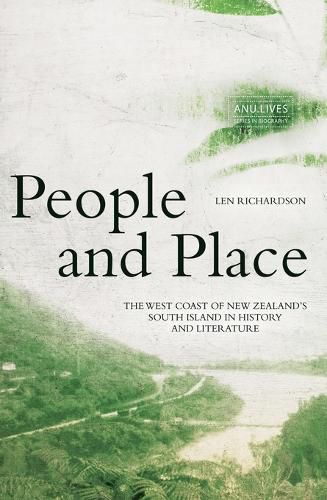Readings Newsletter
Become a Readings Member to make your shopping experience even easier.
Sign in or sign up for free!
You’re not far away from qualifying for FREE standard shipping within Australia
You’ve qualified for FREE standard shipping within Australia
The cart is loading…






This book traces the enduring relationship between history, people and place that has shaped the character of a single region in a manner perhaps unique within the New Zealand experience. It explores the evolution of a distinctive regional literature that both shaped and was shaped by the physical and historical environment that inspired it. Looking westwards towards Australia and long shut off within New Zealand by the South Island’s rugged Southern Alps, the West Coast was a land of gold, coal and timber. In the 1950s and 1960s, it nurtured a literature that embodied a sense of belonging to an Australasian world and captured the aspirations of New Zealand’s emergent radical nationalism. More recent West Coast writers, observing the hollowing out of their communities, saw in miniature and in advance the growing gulf between city and regional economies aligned to an older economic order losing its relevance. Were they chronicling the last hurrah of a retreating age or crafting a literature of regional resistance?
$9.00 standard shipping within Australia
FREE standard shipping within Australia for orders over $100.00
Express & International shipping calculated at checkout
This book traces the enduring relationship between history, people and place that has shaped the character of a single region in a manner perhaps unique within the New Zealand experience. It explores the evolution of a distinctive regional literature that both shaped and was shaped by the physical and historical environment that inspired it. Looking westwards towards Australia and long shut off within New Zealand by the South Island’s rugged Southern Alps, the West Coast was a land of gold, coal and timber. In the 1950s and 1960s, it nurtured a literature that embodied a sense of belonging to an Australasian world and captured the aspirations of New Zealand’s emergent radical nationalism. More recent West Coast writers, observing the hollowing out of their communities, saw in miniature and in advance the growing gulf between city and regional economies aligned to an older economic order losing its relevance. Were they chronicling the last hurrah of a retreating age or crafting a literature of regional resistance?